Sugar Leaf: A Complete Guide for Beginners

After you buy the best marijuana seeds to grow, raise them with love and care, and are finally ready to harvest your crop, apart from collecting the long-awaited buds, you might also want to harvest your plant’s leaves because they hold a lot of value too.
All in all, there are two primary types of cannabis leaves:
-
Fan leaves – These are large, flat leaves that are very easy to recognize. These are the primary association that people get when they think about cannabis plants. They grow out of the plant’s main stem and are responsible for photosynthesis. They also contain some amounts of cannabinoids like cannabidiol (CBD) and tetrahydrocannabinol (THC), as well as other nutritious elements, which means that growers can use them for producing various beneficial cannabis products.
-
Weed sugar leaves – These are small leaves found between the buds of your plant. They hold your buds together and are richly covered with trichomes that give them a frosty or sugary look, hence the name. They are rich in cannabinoids and terpenes (more than fan ones), so they give cannabis its effects and aroma and also can be used in cannabis product production.
What Are Sugar Leaves?
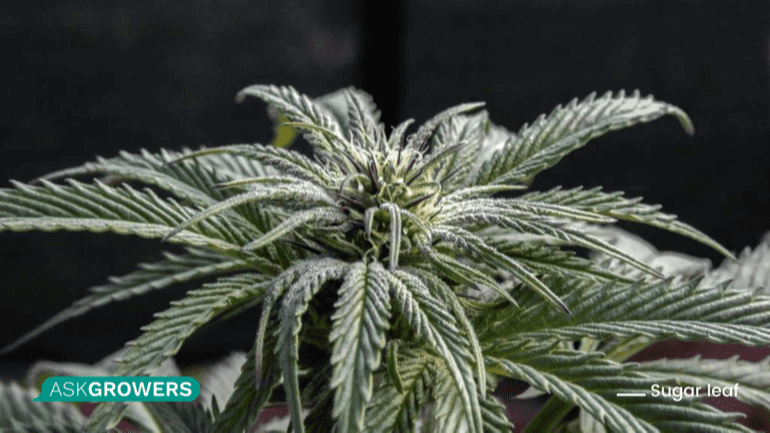
A cannabis sugar leaf performs an important role and has a lot of value. These leaves grow right from the buds of your plant, so you will find them between the buds of a grown plant. They are small and typically coated in trichomes - tiny resin glands rich in cannabinoids and terpenes that are responsible for the unique effects and smell of marijuana. Due to a big amount of trichomes, these small leaves look like they are covered with white frost or sugar, which is how they got their name.
Sugar leaves perform several important functions in the plant’s growth. First and foremost, they protect cannabis buds from external threats, such as the following:
-
Excessive light
-
Wind
-
Pests
On top of that, just like fan leaves, sugar leaves help the plant perform photosynthesis. They process the sunlight and transform it into the energy that cannabis needs to develop and thrive.
After the plant goes through the flowering stage and is harvested, most growers trim them to improve the look and taste of their buds. However, the material left after trimming can have a number of other uses thanks to a fairly high concentration of cannabinoids and terpenes.
Read Also: How Long Does It Take to Grow Marijuana: Stages of Growth
Fan Leaves vs Sugar Leaves
Although there are certain similarities, fan and sugar leaves are very different. Let’s quickly compare them to see the difference:
| Fan Leaves | Sugar Leaves |
|---|---|
| Big and flat | Small and “frosty” |
| Grow from stems | Grow from buds |
| Contain cannabinoids and terpenes in small quantities | Contain more cannabinoids and terpenes than fan ones, but less than buds |
| Play a major role in photosynthesis | Also participate in photosynthesis, but play a more minor role |
| Typically removed before harvesting due to a low concentration of cannabinoids | Trimmed off after harvesting |
| Rarely used for consumption | Widely used for making smoke mixes, topicals, edibles, and concentrates |
What to Do With Sugar Leaves
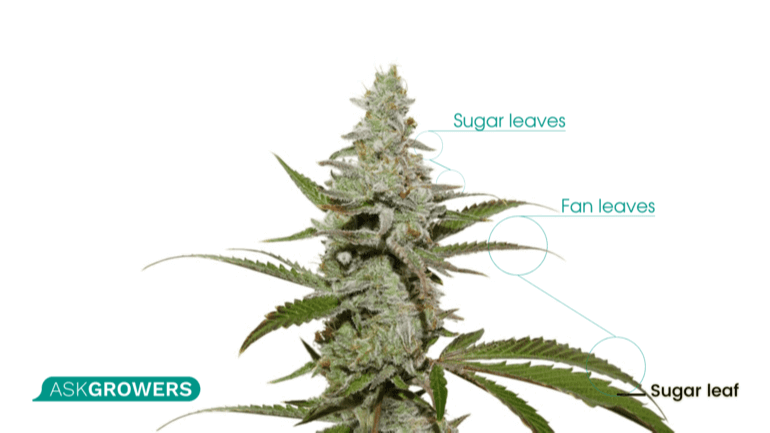
When growing your own cannabis, you want to make the most out of every yield. Thus, every part of your plant matters. So how can you make the best use of marijuana sugar leaves?
The first obvious question is, can you smoke this part of your plant? The answer is yes, technically you can. You can dry these leaves just like flowers and smoke them. As was mentioned earlier, they also contain different cannabinoids like your buds, but in significantly lower concentrations. That is, smoking a sugar leaf alone won’t bring you the same effects as smoking a more potent flower. Thus, if you want to smoke them, the best option is to mix them with buds.
Apart from smoking, this element of cannabis can be used in the following ways:
- Extraction – Trichomes-rich sugar leaves are widely used in the production of plant concentrates, such as oil, kief, and hash. Such concentrates are rich in cannabidiol, which can provide a number of health benefits, including:
- Edibles – After decarboxylation (heating), it can be used for producing cannabis oil or butter for edibles, such as gummies, brownies, and cookies for stress relief and other therapeutic benefits. Also, you can add sugar leaves to your drinks or make cannabis tea.
- Topicals – Growers can use this part of the plant to produce topicals like balms, salves, and creams for localized treatment of skin diseases, pain, or inflammation.
Read Also: How to Plant Marijuana Seeds: Secrets and Recommendations
Sugar Leaf Trim Guide
When it comes to growing your plant, there are always many things to know to ensure the best yield, including what seeds to choose, how to sex marijuana plants, and how to deal with cannabis plant deficiencies. These and many other valuable recommendations are found in our expert cannabis growing guide. But now, let us walk you through the process of dealing with sugar leaves, in particular.
Trimming sugar leaves is an important part of the harvest process. After your plant goes through the flowering process and is ready to be harvested, you need to harvest the yield as usual. Before harvesting, as usual, you need to remove fan leaves from the stems (read how to remove fan leaves) to keep them out of your way.
For the next stage, you will need a pair of sharp trimming scissors. Hold each individual leaf with your fingers and remove them with scissors and repeat the process until you remove all of them from the buds.
After the trimming, you can collect sugar leaves in a container and use them for edibles, concentrates, and topicals. However, even if you don’t plan to use these leaves for consumption, you should still consider trimming them. First of all, they are trimmed to ensure that there will be no excess moisture in the buds that can cause mold or mildew. Secondly, closer to the end of your plant’s life, you will see sugar leaves turning yellow, which can make your buds look worse. And these leaves can also make the taste of your buds harsher. So you want to trim them in any case.

 Education
Education

.png)
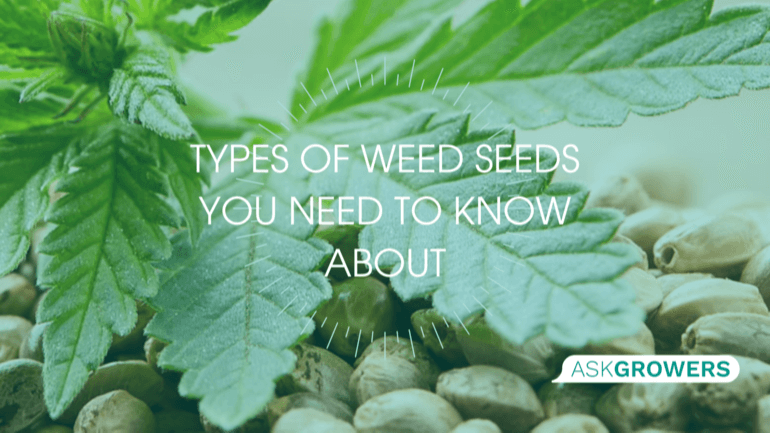
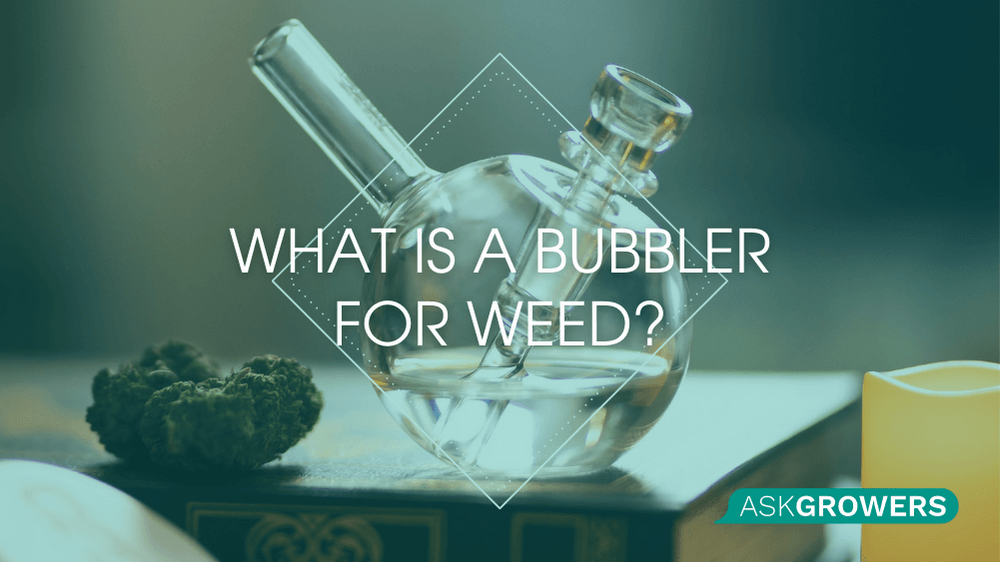
 (1).jpg)
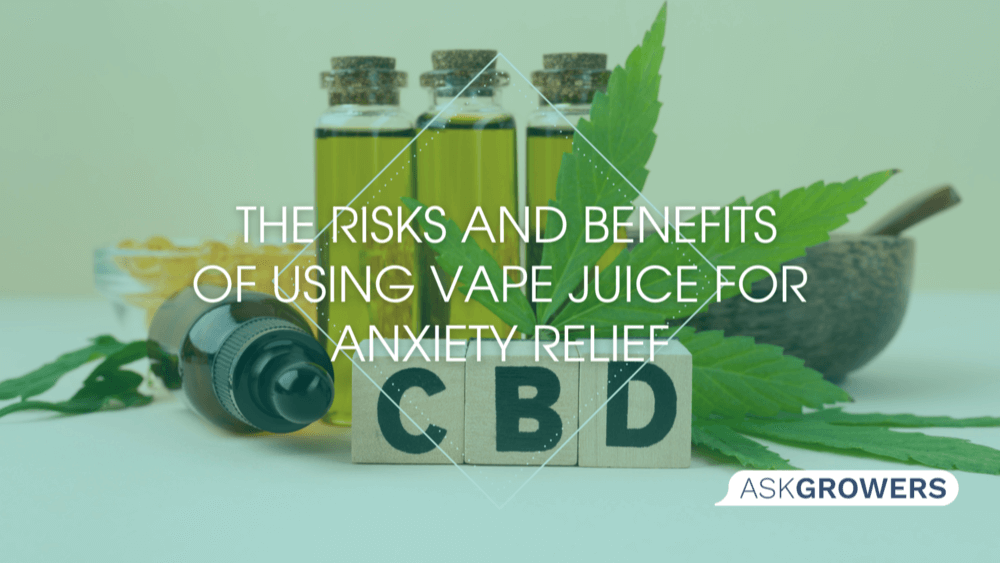

 (1).png)
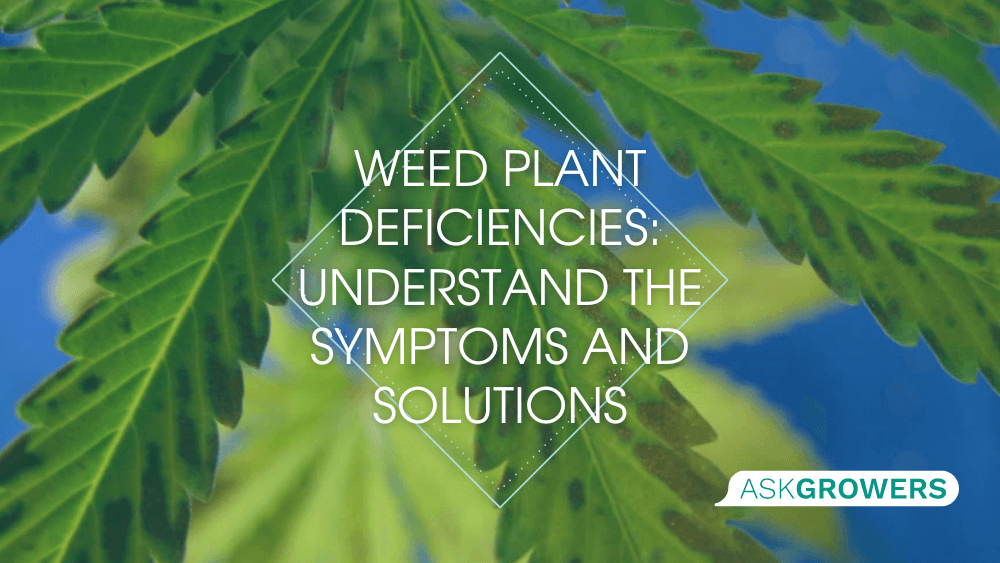
.jpg)

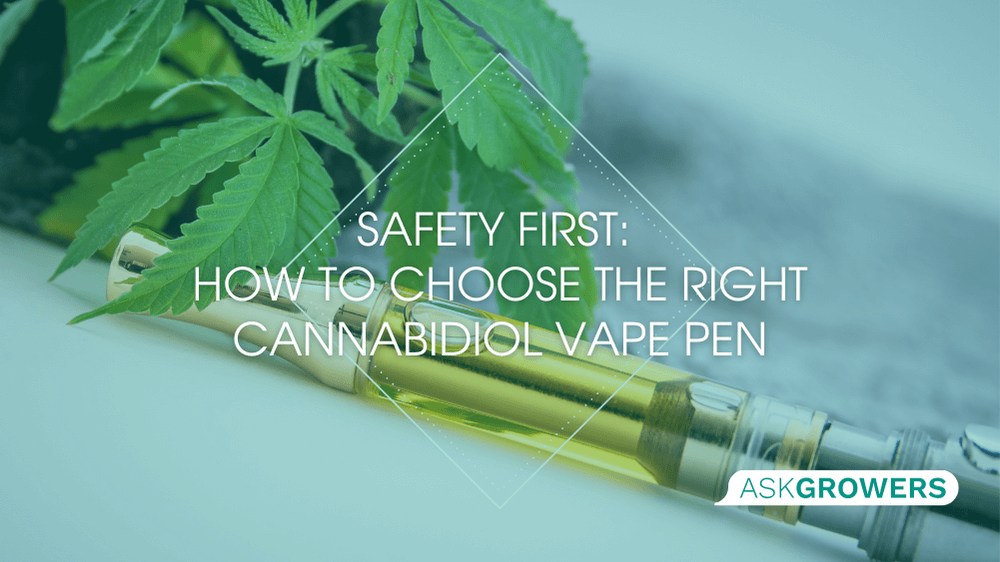
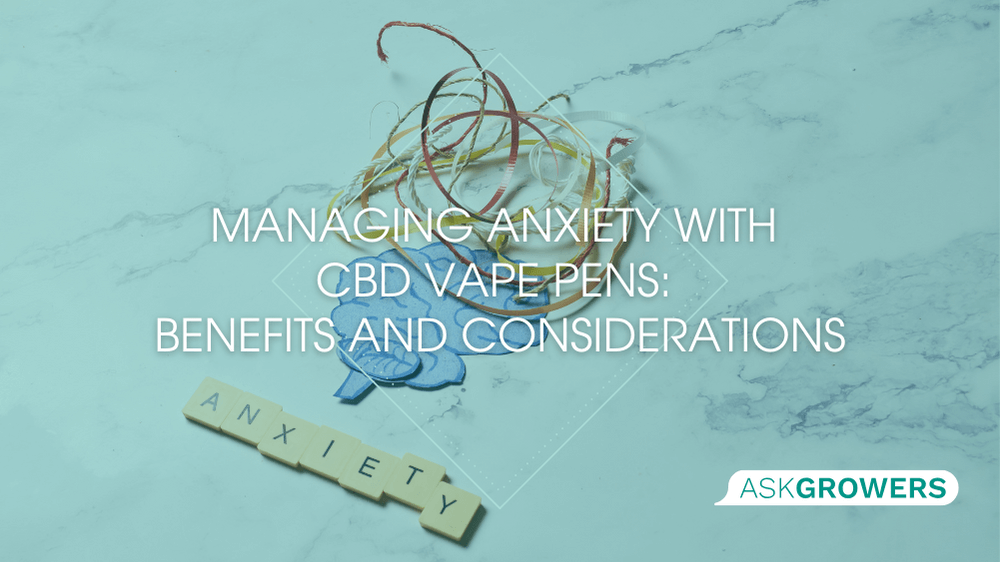
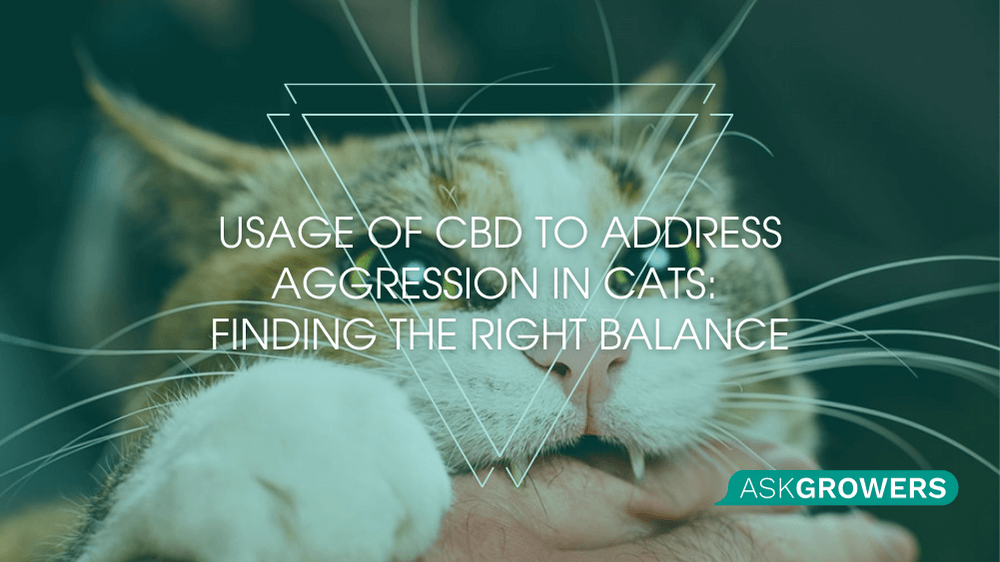
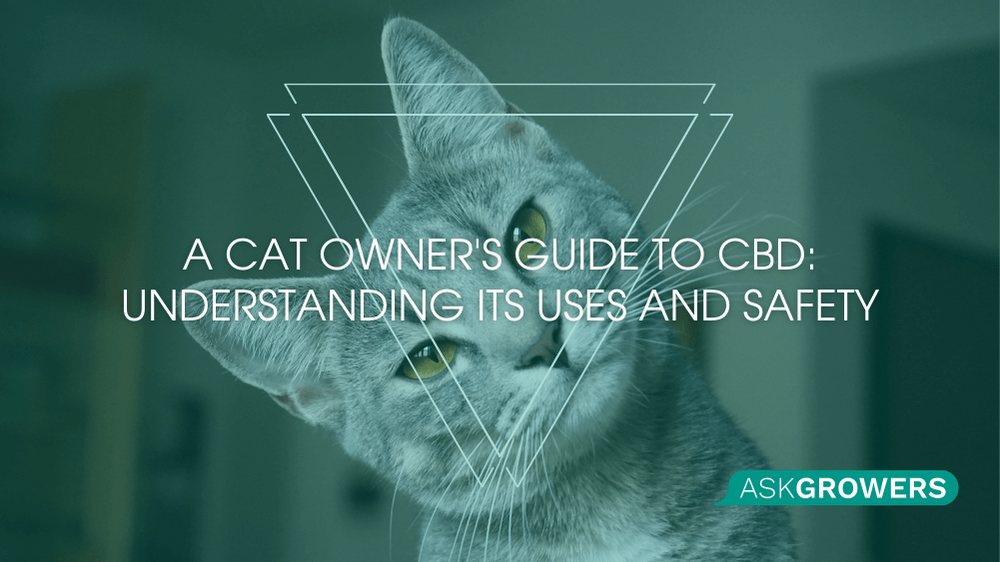
Be the first and share your opinion
Write a Review